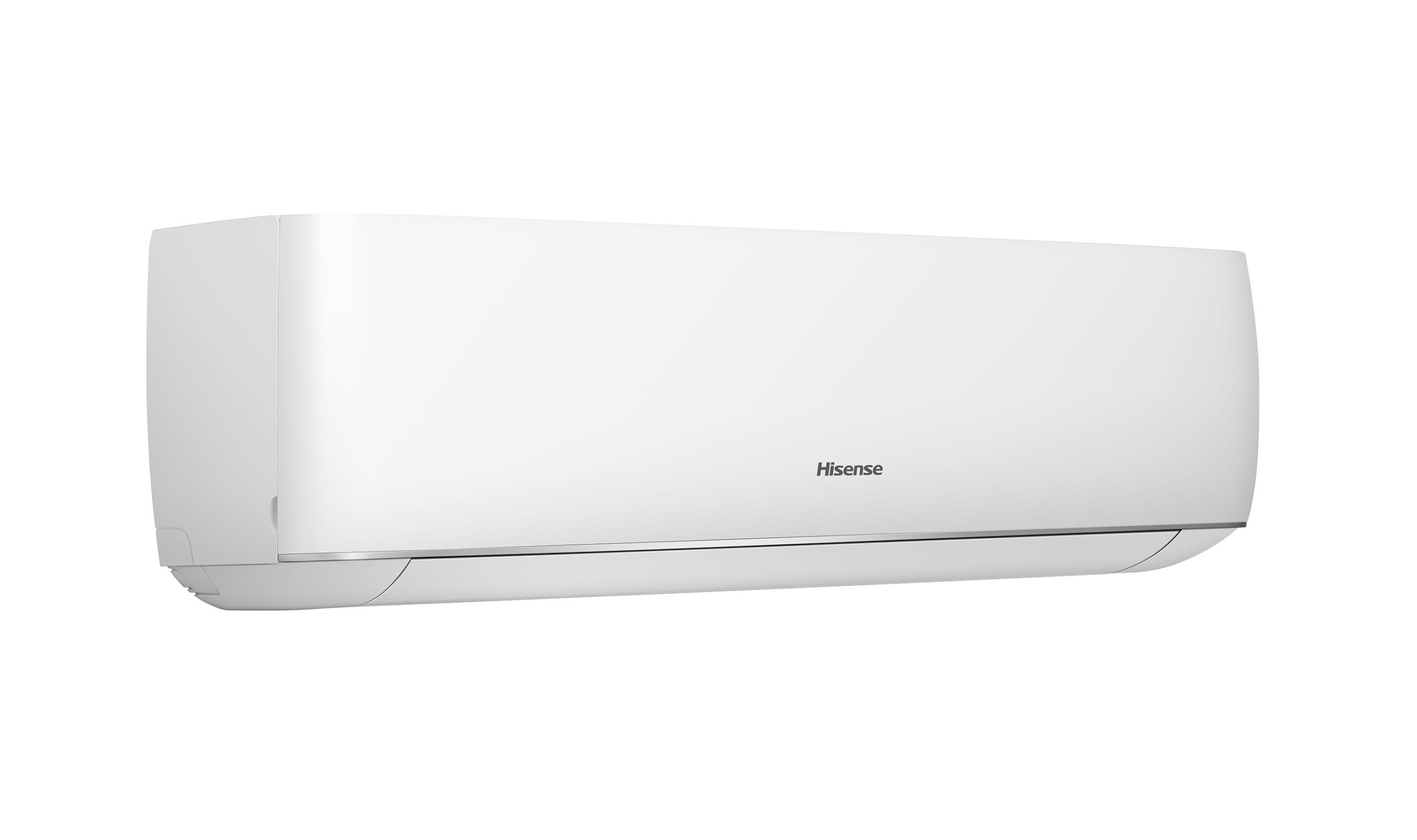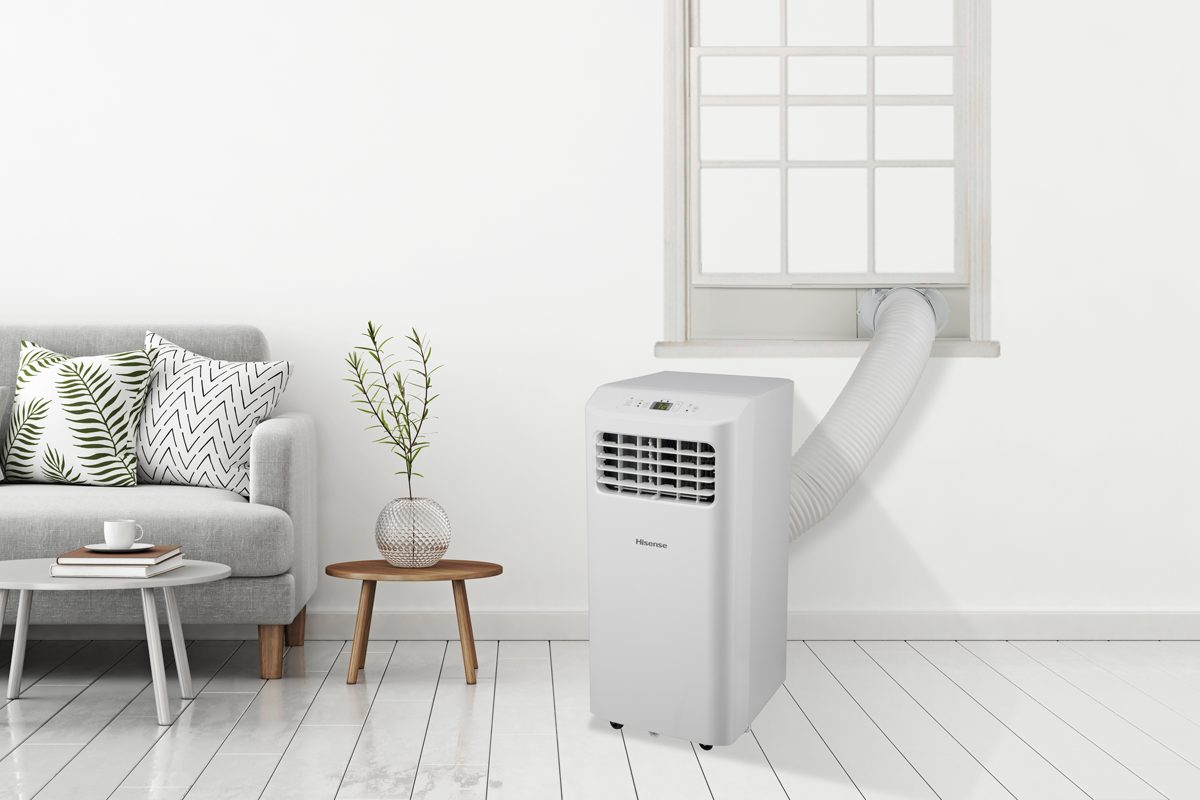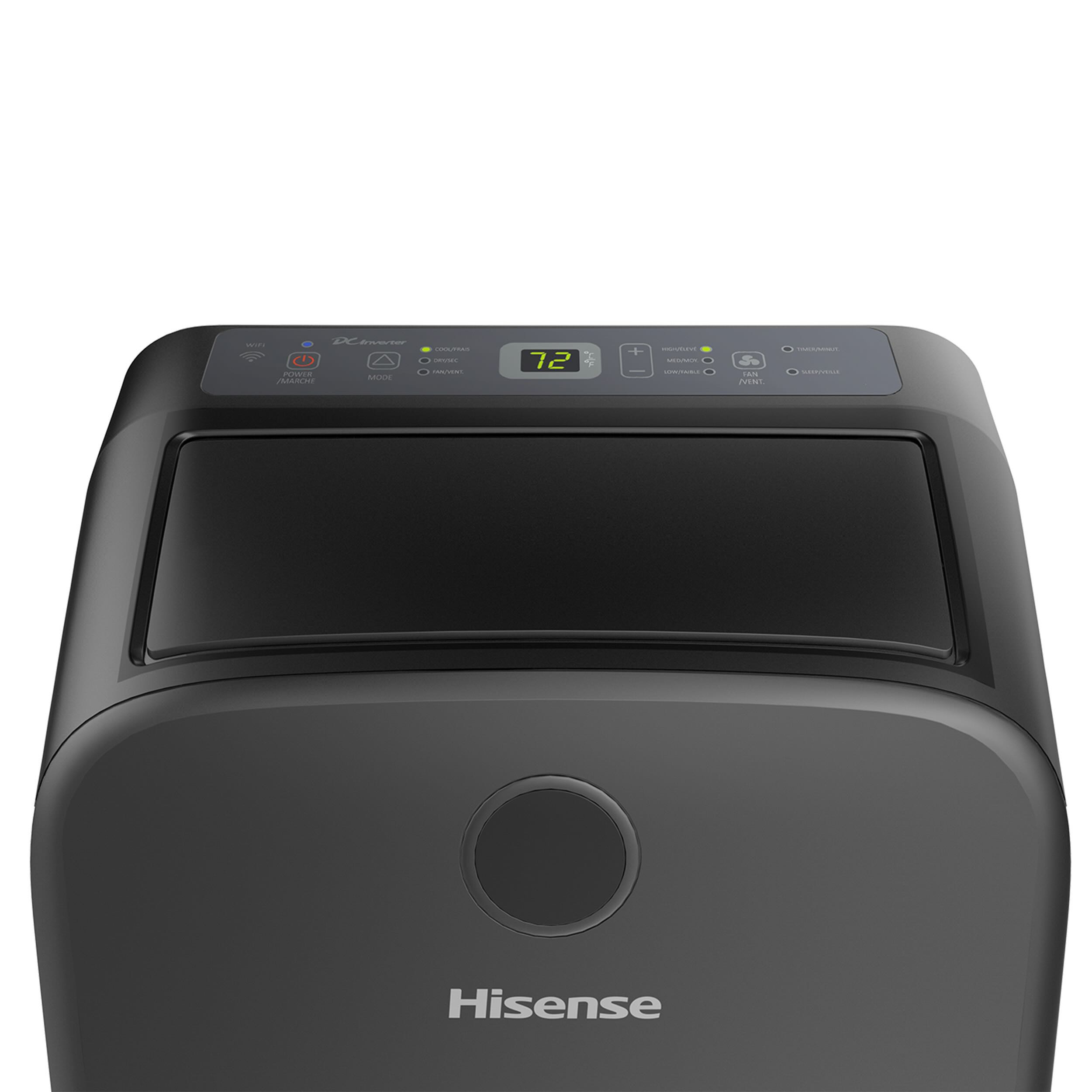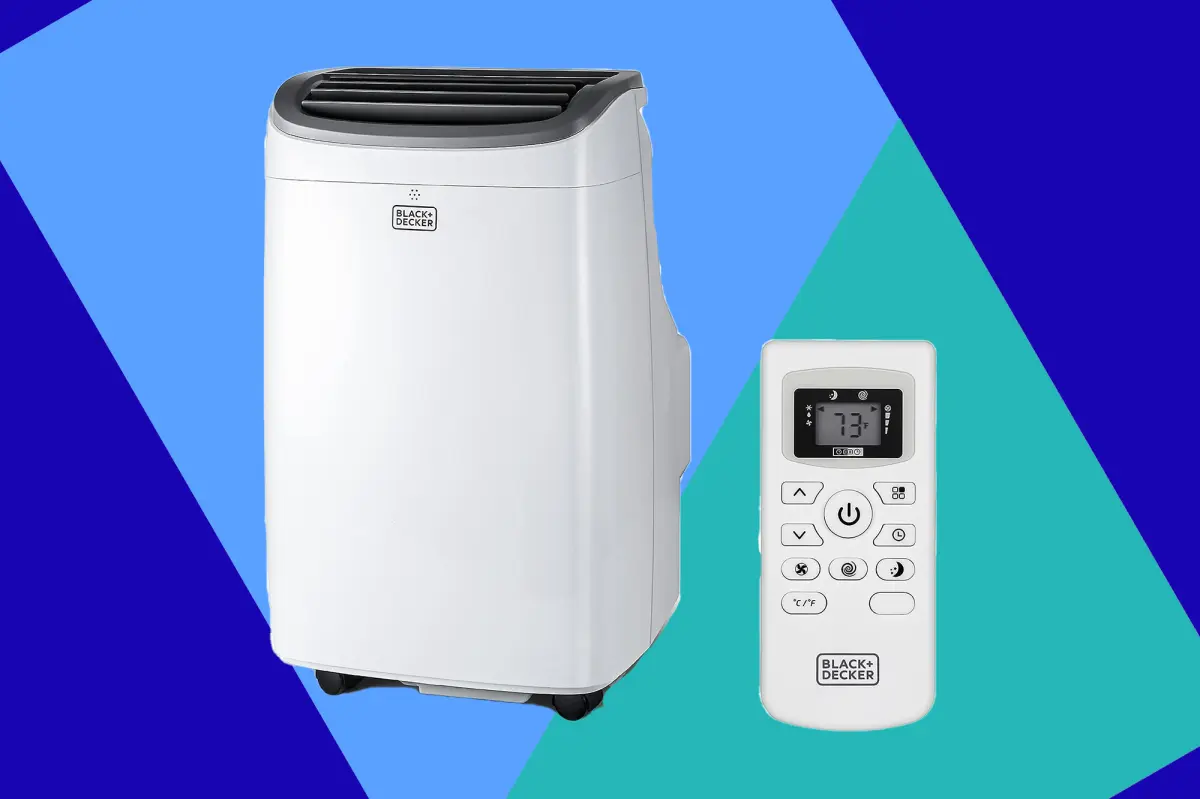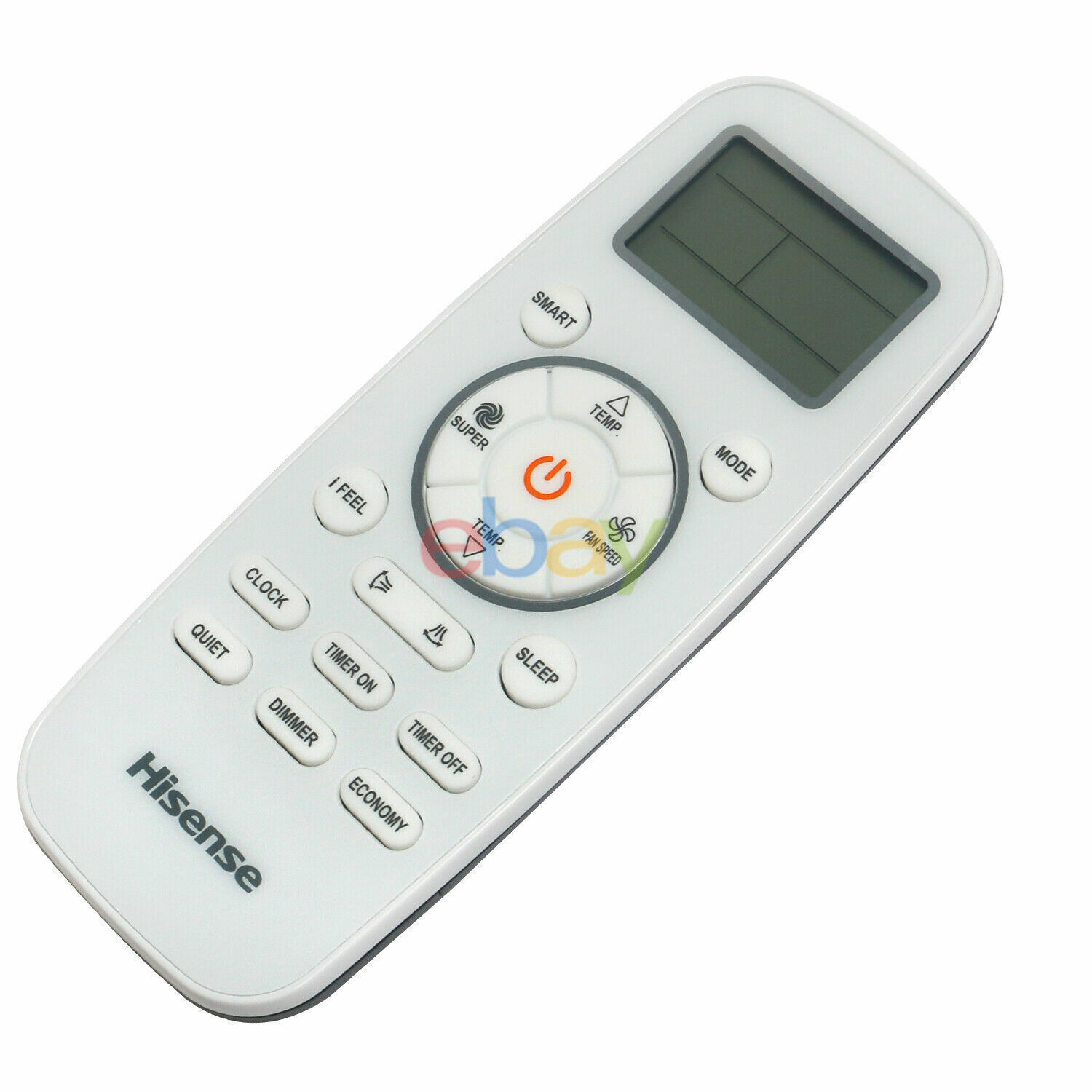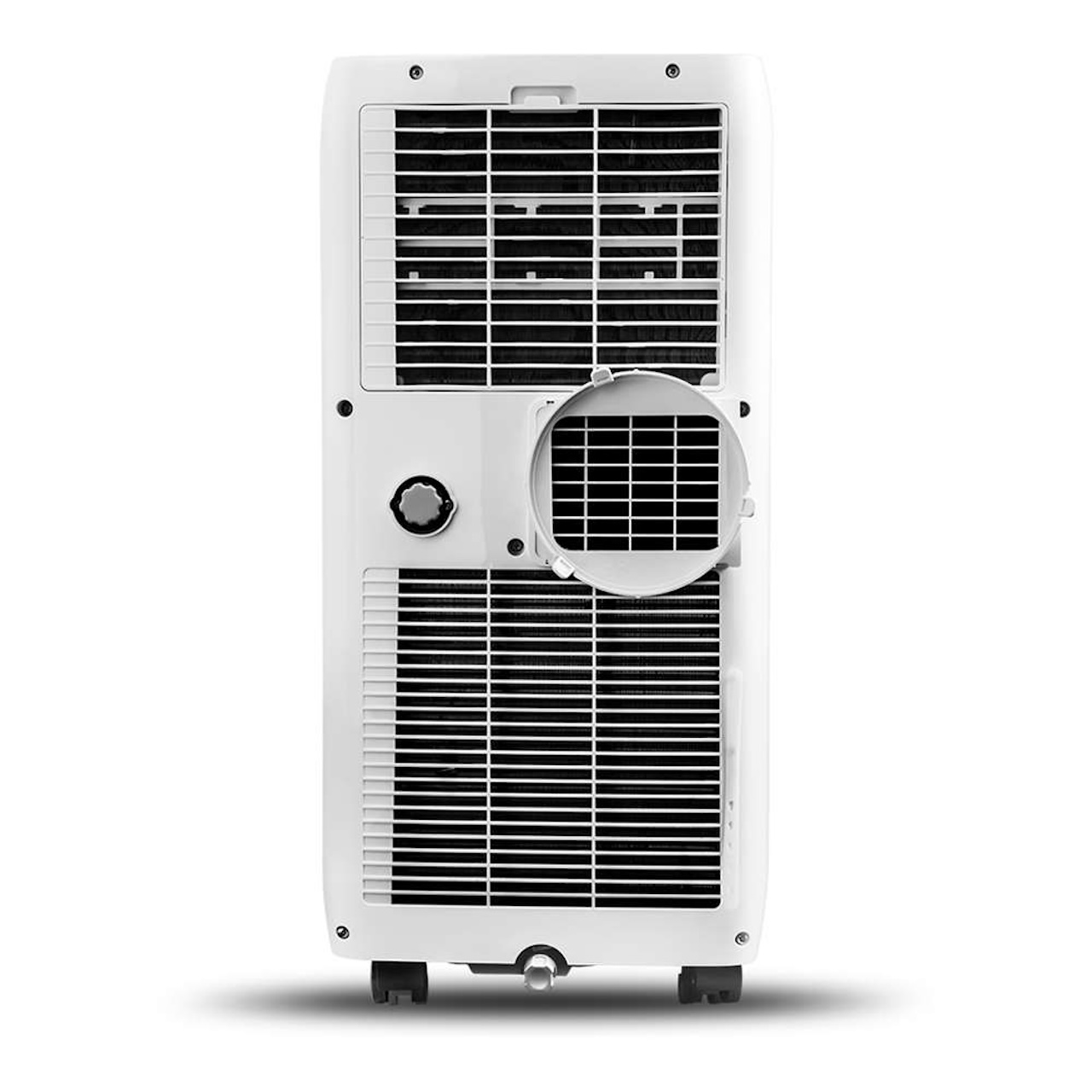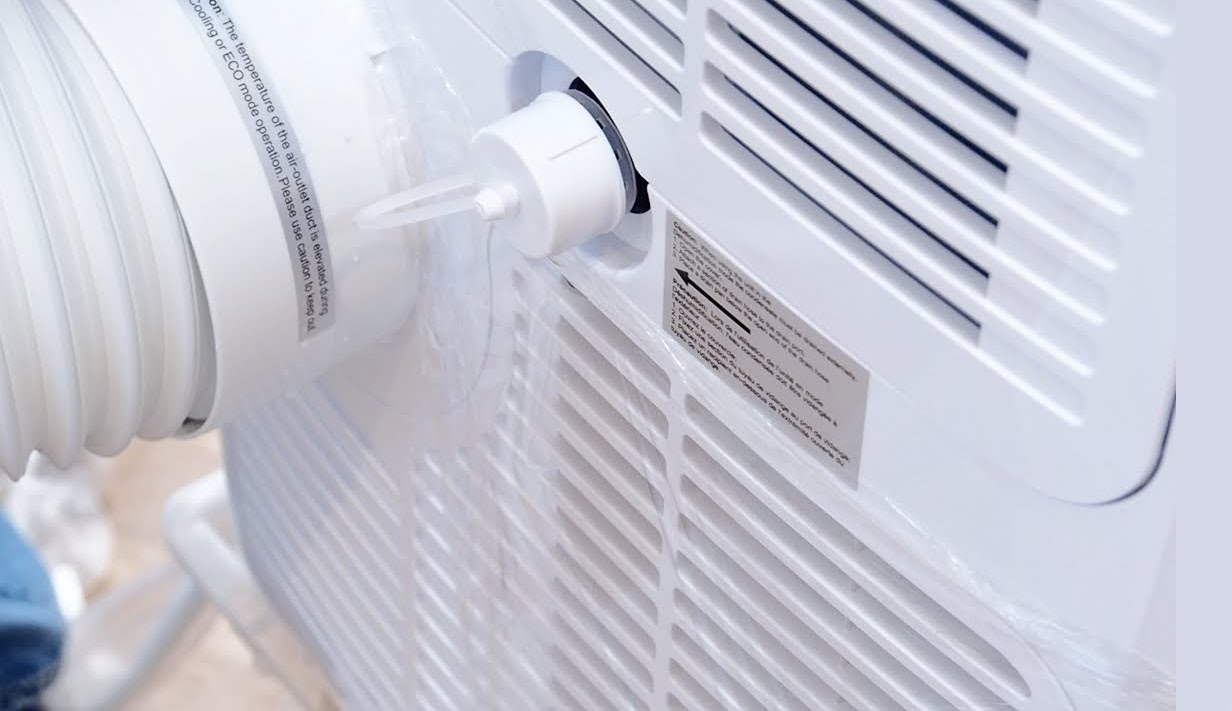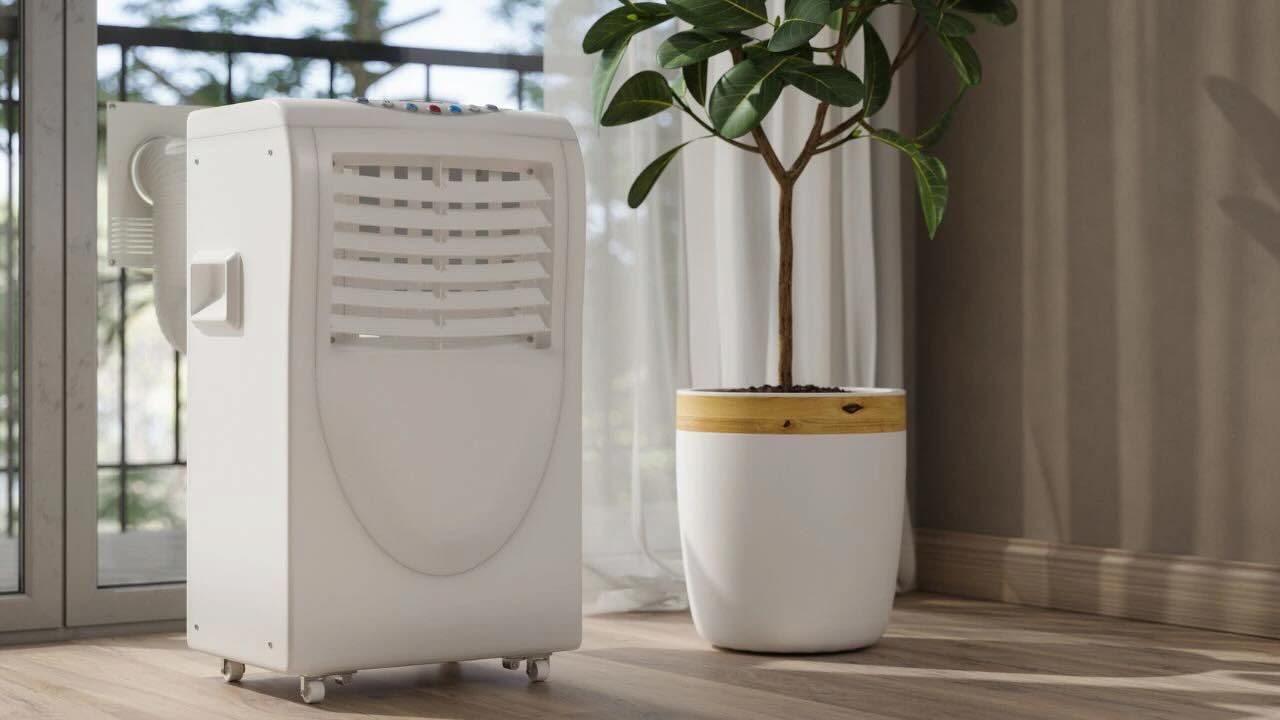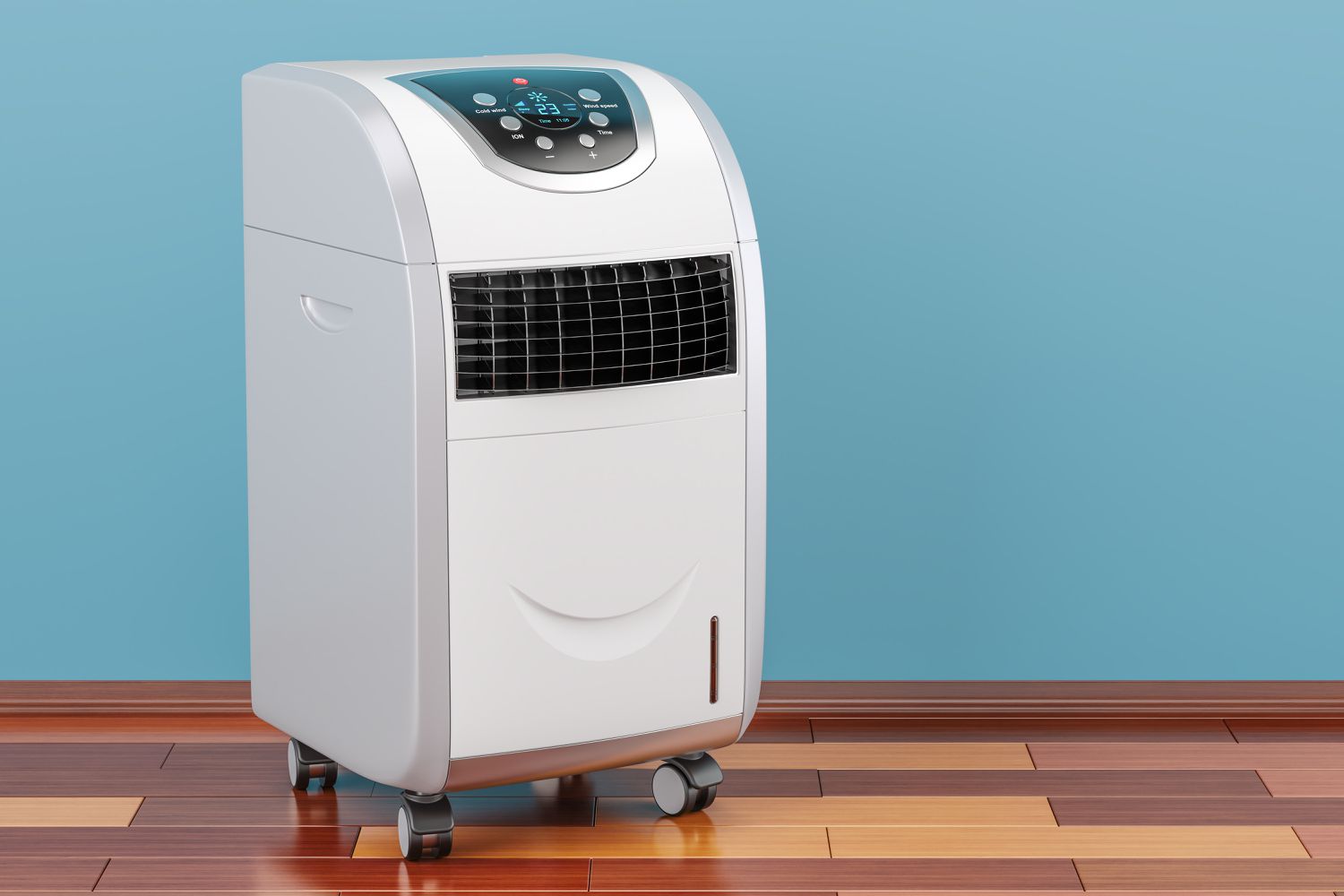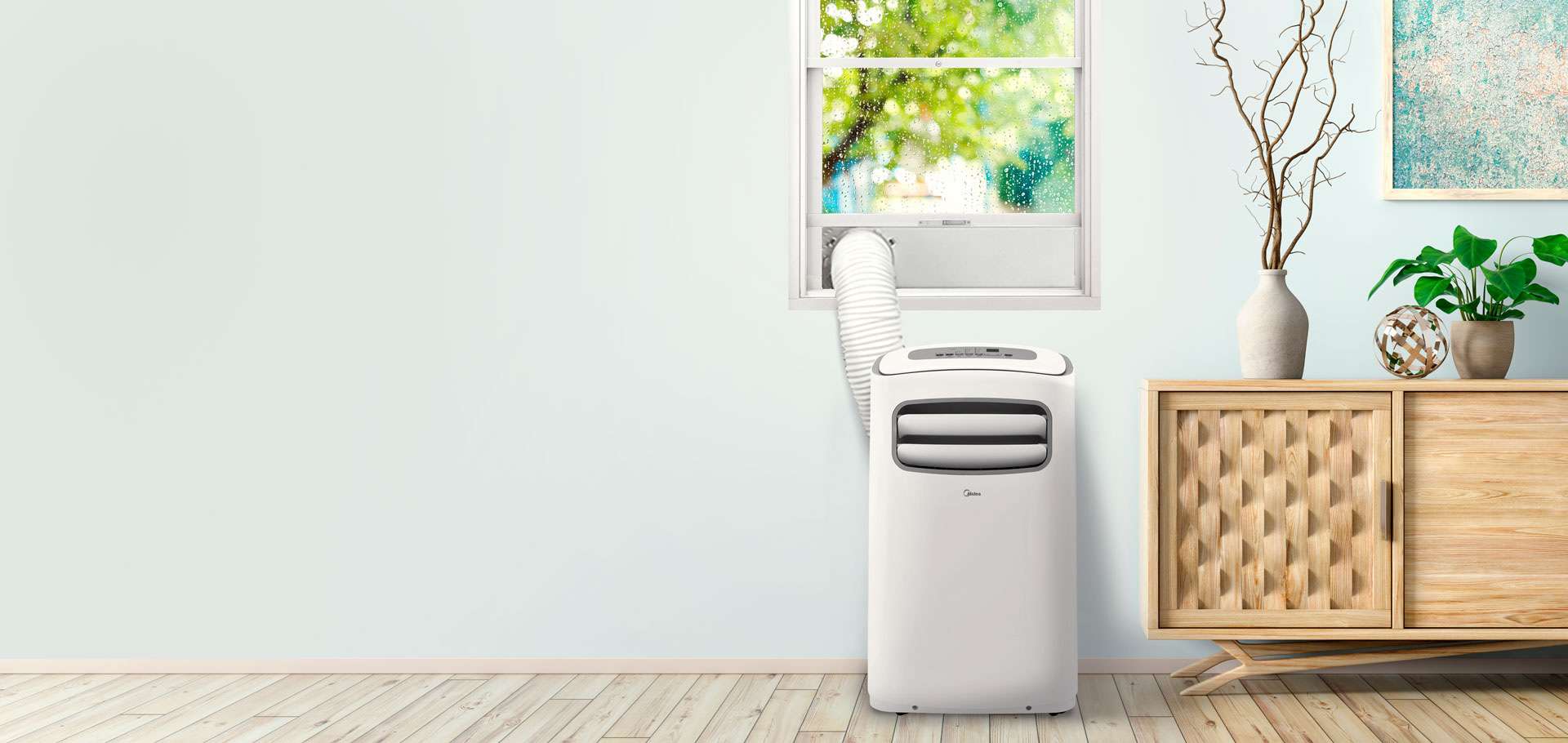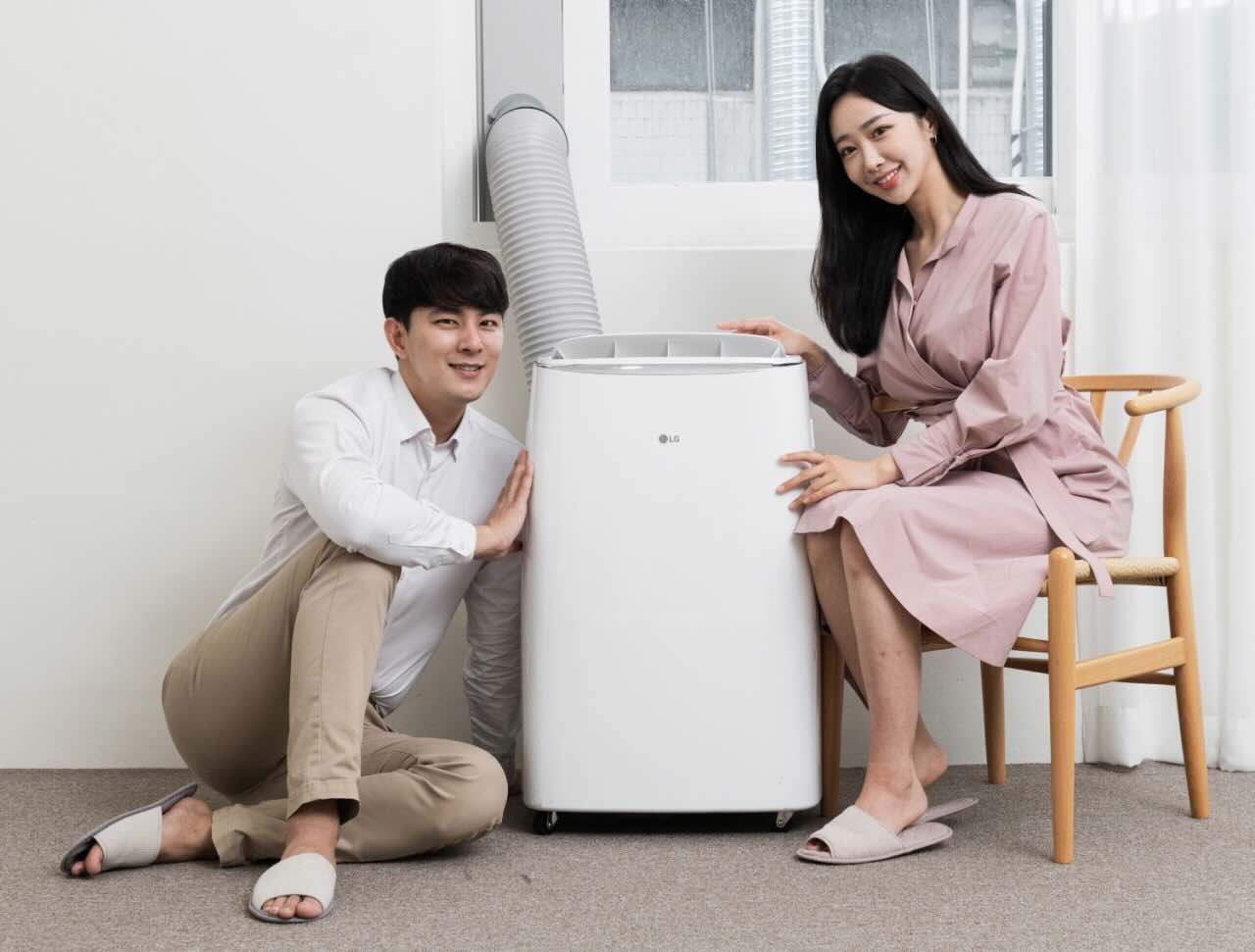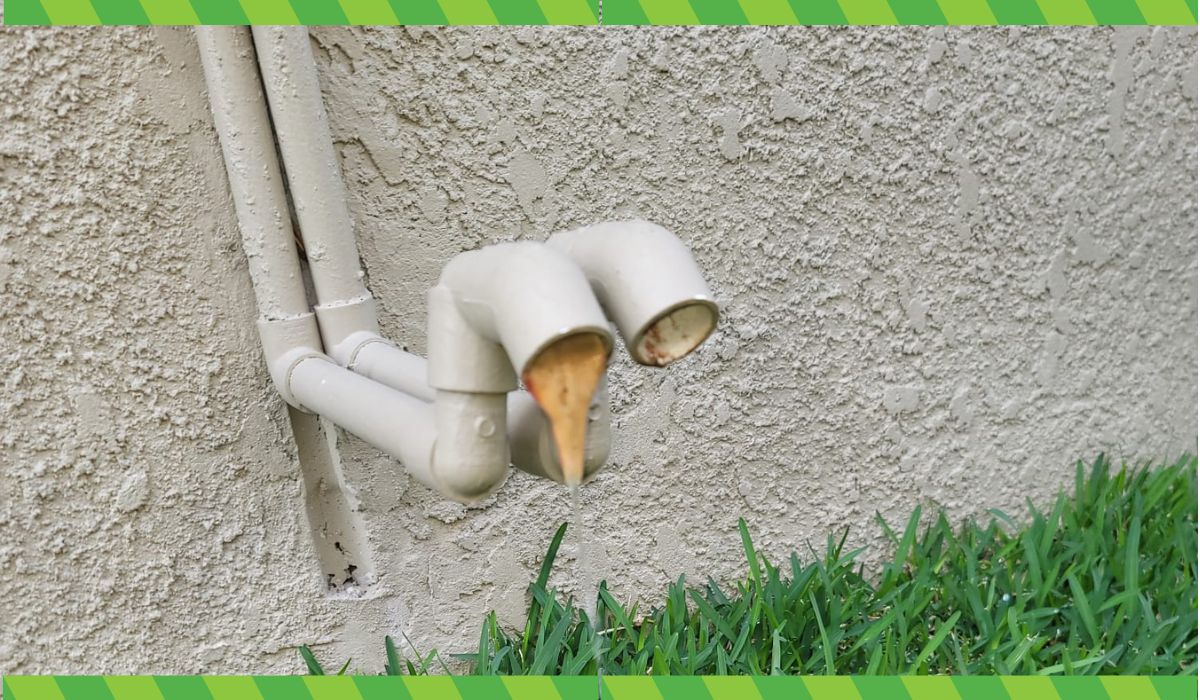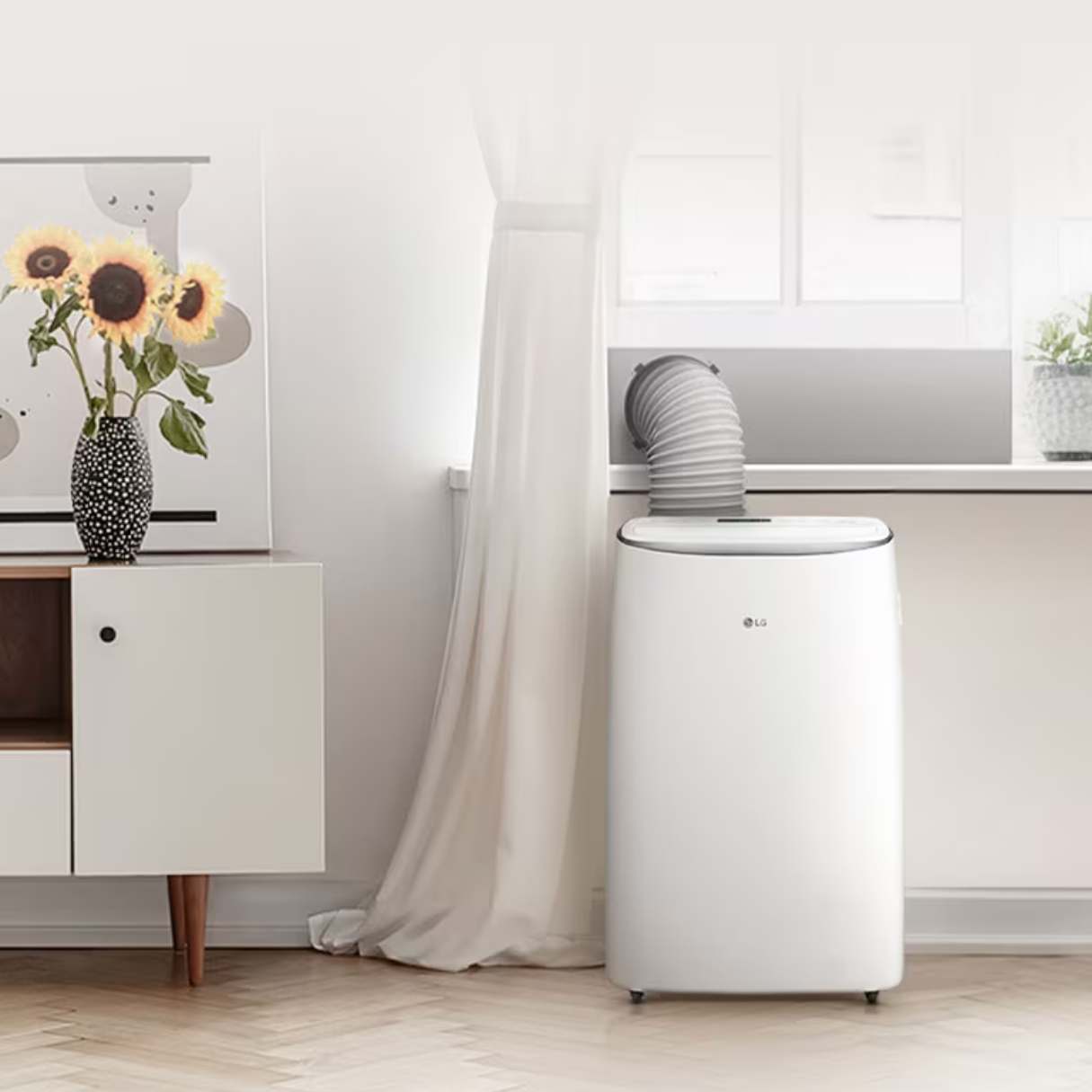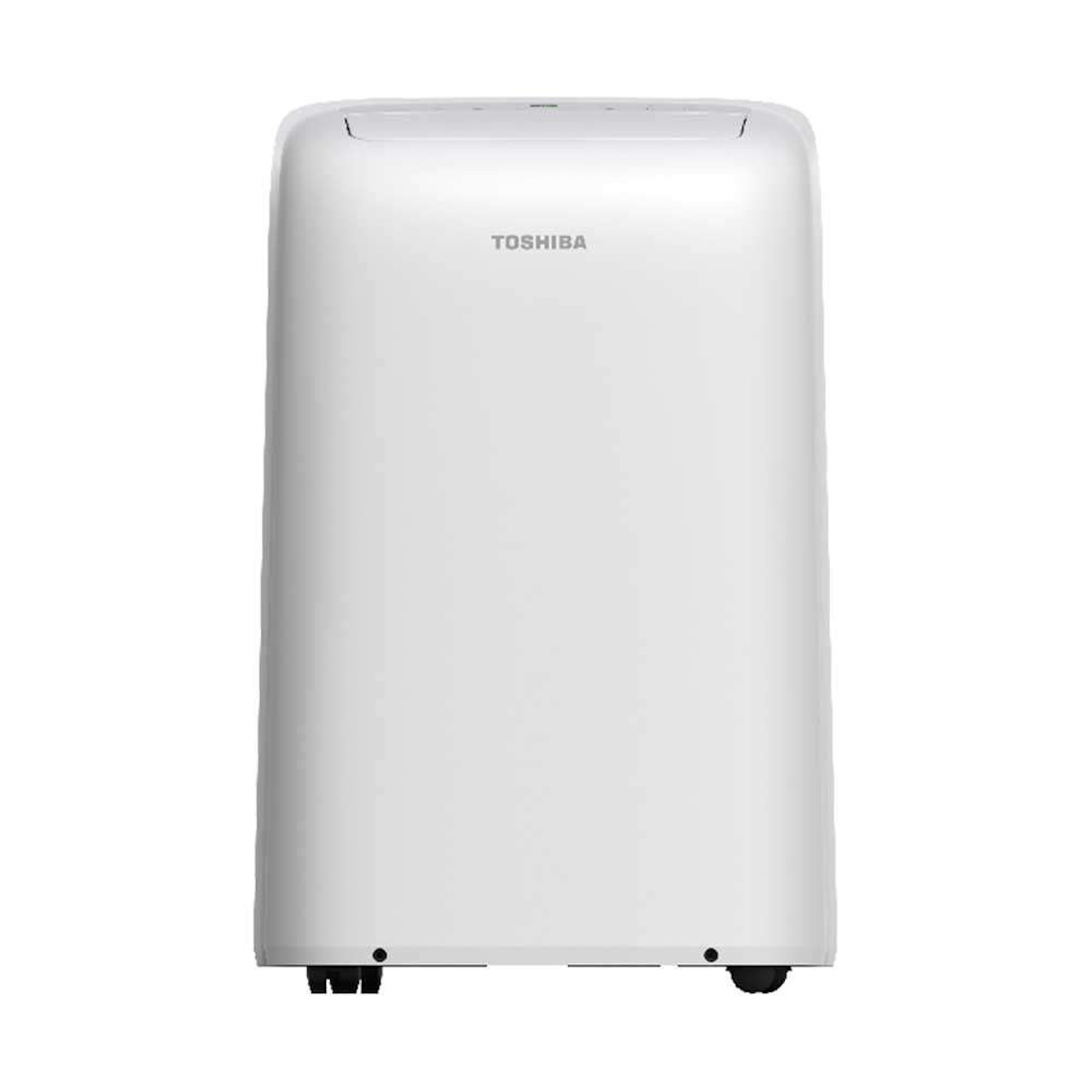Home>Home Maintenance>How To Drain A Hisense Portable Air Conditioner
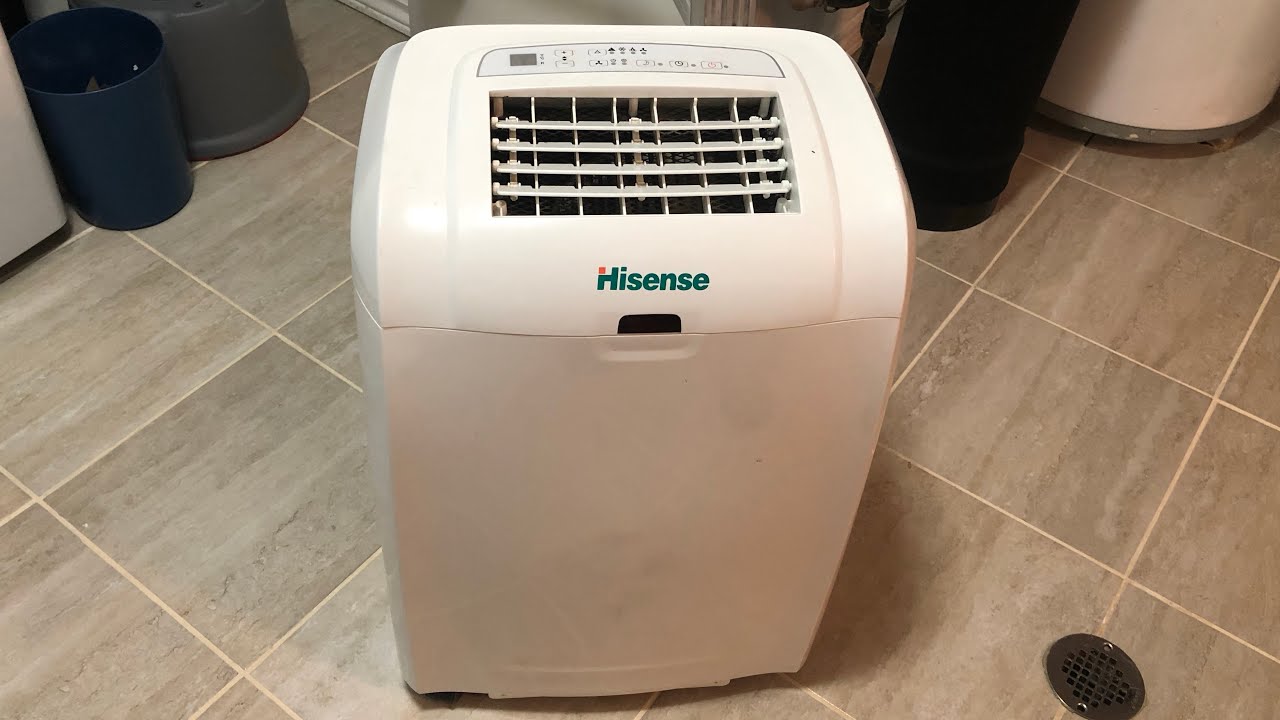

Home Maintenance
How To Drain A Hisense Portable Air Conditioner
Modified: March 7, 2024
Learn how to drain a Hisense Portable Air Conditioner with our comprehensive guide. Ensure proper home maintenance and keep your unit functioning efficiently.
(Many of the links in this article redirect to a specific reviewed product. Your purchase of these products through affiliate links helps to generate commission for Storables.com, at no extra cost. Learn more)
Introduction
Welcome to our comprehensive guide on how to drain a Hisense portable air conditioner. As the summer heat rolls in, many of us rely on portable air conditioners to keep our homes cool and comfortable. However, regular maintenance is essential to ensure the unit functions optimally.
One important aspect of maintaining a portable air conditioner is draining the water that accumulates during the cooling process. This water is a byproduct of the air conditioning process and needs to be drained regularly to prevent overflowing and potential damage to the unit.
In this article, we will walk you through the step-by-step process of draining a Hisense portable air conditioner, along with some essential maintenance tips to keep your unit running efficiently. So, let’s get started!
Key Takeaways:
- Keep your Hisense portable air conditioner running smoothly by draining the water regularly and cleaning the drainage system to prevent clogs and maintain optimal performance.
- Prioritize safety by following essential precautions, such as disconnecting the power, wearing protective gear, and consulting the instruction manual for specific draining instructions.
Safety Precautions
Before you begin draining your Hisense portable air conditioner, it’s essential to prioritize safety. Here are some important safety precautions to keep in mind:
- Disconnect the Power: Always unplug the air conditioner from the power source before attempting any maintenance. This ensures your safety and prevents electrical accidents.
- Allow the Unit to Cool Down: Give your portable air conditioner some time to cool down before starting the draining process. Hot components can cause burns, so it’s crucial to let the unit reach a safe temperature.
- Wear Protective Gear: When handling water and potentially dirty components, wearing protective gloves and goggles is recommended to shield yourself from any harmful substances.
- Place a Drip Tray or Towel: To avoid water damage to your floors, place a drip tray or towel beneath the unit to catch any water spills during the draining process.
- Follow the Manufacturer’s Instructions: Every portable air conditioner model may have specific instructions for draining. Refer to the instruction manual provided by the manufacturer to ensure you follow the correct steps for your Hisense unit.
- Avoid Overheating: Be mindful of the air conditioner’s operating time to prevent it from overheating. Extended periods of continuous operation can lead to excessive water accumulation and potential damage to the unit.
By adhering to these safety precautions, you can ensure a safe and hassle-free drainage process for your Hisense portable air conditioner. Now that we’ve covered the essential safety measures, let’s move on to the preparations needed for draining the water.
Preparation
Before you begin the process of draining the water from your Hisense portable air conditioner, it’s important to gather the necessary tools and materials. Here’s a list of what you’ll need:
- Bucket or Container: Prepare a bucket or a suitable container to collect the water draining from the unit.
- Waterproof Gloves: Keep a pair of waterproof gloves handy to protect your hands from any dirt or debris that may be present in the water reservoir.
- Cleaning Supplies: Have cleaning supplies such as a mild detergent, sponge, and clean cloth ready in case you need to clean any parts of the air conditioner during the process.
- Access to a Drain: Locate a nearby drain or a suitable location where you can safely empty the water from the bucket or container.
Once you have gathered all the necessary items, ensure that the air conditioner is turned off and unplugged from the power source. This ensures your safety and prevents any disruption to the draining process.
Additionally, it’s a good idea to have the instruction manual for your Hisense portable air conditioner on hand. The manual contains specific guidelines and recommendations from the manufacturer regarding draining and maintenance, which may vary depending on the model. Familiarize yourself with the instructions to ensure you follow the correct procedure for your unit.
Now that you have everything prepared, we can move on to the step-by-step process of draining the water from your Hisense portable air conditioner.
Draining the Water
Now that you have completed the preparation stage, it’s time to start draining the water from your Hisense portable air conditioner. Follow these steps to ensure a smooth and effective draining process:
- Locate the Drainage Plug: Look for the drainage plug on the back or bottom of your portable air conditioner. The plug is typically labeled and may be covered by a rubber stopper.
- Remove the Rubber Stopper: Gently remove the rubber stopper to reveal the drainage opening. Take care not to lose or damage the rubber stopper, as it will be needed to seal the drainage opening later.
- Position the Bucket or Container: Place the bucket or container beneath the drainage opening to collect the water. Ensure that it is positioned securely to avoid any spills or leaks.
- Open the Drainage Plug: With the bucket in place, carefully open the drainage plug. Depending on your Hisense portable air conditioner model, this may involve twisting or pulling the plug.
- Allow the Water to Drain: Once the drainage plug is opened, the water will start to flow out of the air conditioner and into the bucket. Be patient and allow the water to fully drain from the unit.
- Close and Seal the Drainage Opening: Once the water has completely drained, close the drainage plug tightly. Make sure it is secure to prevent any water from leaking out during operation.
- Dispose of the Water: Carefully lift the bucket or container and dispose of the collected water in a drain or suitable location. Avoid pouring the water in areas where it may cause damage or create a slip hazard.
Now that you have successfully drained the water from your Hisense portable air conditioner, it’s important to clean the drainage system to ensure optimal performance. Continue reading to learn how to properly clean the drainage system and prevent any potential issues.
To drain a Hisense portable air conditioner, locate the drain plug at the bottom of the unit. Place a shallow pan or bowl underneath the plug, then unscrew it to release the water. Make sure to empty the pan regularly to prevent overflow.
Cleaning the Drainage System
Maintaining a clean drainage system is crucial for the efficient operation of your Hisense portable air conditioner. Over time, dust, dirt, and debris can accumulate in the drainage system, leading to clogs and reduced performance. Follow these steps to clean the drainage system effectively:
- Unplug the Air Conditioner: Before you begin cleaning, ensure that the air conditioner is turned off and unplugged from the power source. This is for safety reasons and to prevent any electrical accidents.
- Remove the Filter: Locate the air filter on your portable air conditioner and remove it according to the manufacturer’s instructions. The filter is usually easily accessible and helps to keep the air conditioner free of dust and other particles.
- Clean the Filter: Rinse the filter with water and a mild detergent to remove any dust and debris. Gently scrub the filter if necessary, but be careful not to damage it. Allow the filter to dry completely before reinserting it into the air conditioner.
- Inspect the Drainage System: Look for any visible debris or blockages in the drainage system of the air conditioner. Use a flashlight if needed to get a clear view. If you spot any obstructions, use a soft brush or a pipe cleaner to carefully remove them.
- Clean the Drainage Tube: Locate the drainage tube, which is responsible for carrying the water from the air conditioner to the drainage opening. Inspect the tube for any dirt or blockages and clean it using a pipe cleaner or a gentle stream of water. Avoid using harsh chemicals or excessive force that could damage the tube.
- Wipe Down the Air Conditioner: Use a damp cloth to wipe down the exterior of the air conditioner, removing any accumulated dust or grime. Pay attention to the areas around the drainage opening and ensure they are clean and free from debris.
- Reinstall the Filter: Once the cleaning is complete, reinsert the clean and dry air filter back into the air conditioner. Ensure it is properly positioned and secure.
- Plug in and Test: Plug the air conditioner back into the power source and turn it on to ensure everything is functioning correctly. Check for any water leaks or unusual sounds during operation.
Regularly cleaning the drainage system of your Hisense portable air conditioner will help maintain its performance and prevent any potential issues. By following these cleaning steps, you can ensure that your air conditioner operates efficiently and provides you with cool and comfortable air.
However, if you encounter any problems or need further assistance with your Hisense portable air conditioner, refer to the troubleshooting section in the next part of this article.
Troubleshooting
While draining and cleaning your Hisense portable air conditioner should resolve most issues, there may be times when you encounter problems that require further troubleshooting. Here are some common issues and their possible solutions:
- Water Not Draining: If you find that water is not draining properly from your air conditioner, check for any obstructions in the drainage system. Ensure that the drainage plug is securely closed and that the drainage tube is clear of debris. If the issue persists, consult the instruction manual or contact customer support for assistance.
- Water Leaks: If you notice water leaking from your air conditioner, ensure that the drainage plug is tightly sealed. Check the drainage tube for any cracks or damage that may be causing the leak and replace it if necessary. Additionally, make sure the unit is correctly installed and level to prevent water accumulation and leakage.
- Foul Odor: If your air conditioner emits a foul odor, it may be due to the accumulation of bacteria or mold in the drainage system. Clean the drainage tube thoroughly using a mild detergent and water solution. Additionally, consider using an antibacterial cleaner or placing an air freshener near the air conditioner to combat any lingering odors.
- Insufficient Cooling: If your Hisense portable air conditioner is not providing adequate cooling, check the air filter for any dust or debris that may be blocking proper airflow. Clean or replace the filter if necessary. Also, make sure the unit’s vents are not obstructed by furniture or objects that could impede airflow.
- Strange Noises: Unusual noises coming from your air conditioner could indicate a problem with the fan or motor. Ensure that there are no obstructions in the fan blades and that they are clean. If the noise persists, it may be best to contact a professional technician for further assessment and repair.
If you encounter any other issues with your Hisense portable air conditioner that are not mentioned here, referring to the instruction manual or contacting customer support is recommended. They will be able to provide specific guidance based on your model and assist you in resolving the problem.
By addressing these troubleshooting steps, you can resolve common issues that may arise with your Hisense portable air conditioner. Regular maintenance and prompt troubleshooting will help keep your unit in excellent working condition for years to come.
Now that we have covered troubleshooting tips, let’s wrap up this guide.
Conclusion
Congratulations! You have successfully learned how to drain a Hisense portable air conditioner and perform essential maintenance tasks. By following the steps outlined in this guide, you can ensure that your air conditioner operates efficiently and provides you with cool and comfortable air during the hot summer months.
Remember to prioritize safety by disconnecting the power and allowing the unit to cool down before starting any maintenance. Wear protective gear, such as gloves and goggles, and place a drip tray or towel to catch any water spills during the draining process.
Proper preparation, including gathering the necessary tools and materials, is essential before draining the water from your Hisense portable air conditioner. Be sure to consult the instruction manual provided by the manufacturer to ensure you follow the correct steps for your specific model.
Cleaning the drainage system is another crucial aspect of maintaining your air conditioner. Regularly clean the filter, inspect and clear any debris from the drainage system, and wipe down the exterior of the unit to keep it in optimal working condition.
If you encounter any issues, refer to the troubleshooting section for common problems and their possible solutions. In case the issue persists or if you have any questions or concerns, don’t hesitate to consult the instruction manual or contact customer support for further assistance.
By following these guidelines and performing regular maintenance, your Hisense portable air conditioner will continue to provide you with reliable and efficient cooling for years to come.
Thank you for taking the time to read this comprehensive guide. We hope that it has provided you with the knowledge and confidence to effectively drain and maintain your Hisense portable air conditioner. Stay cool and enjoy a comfortable home all summer long!
Frequently Asked Questions about How To Drain A Hisense Portable Air Conditioner
Was this page helpful?
At Storables.com, we guarantee accurate and reliable information. Our content, validated by Expert Board Contributors, is crafted following stringent Editorial Policies. We're committed to providing you with well-researched, expert-backed insights for all your informational needs.
